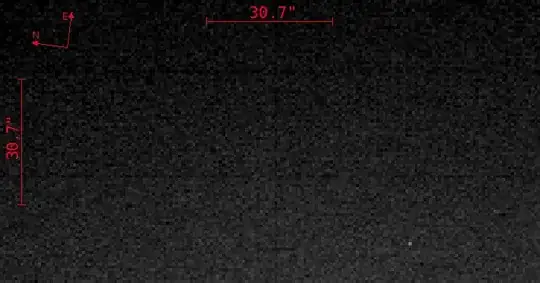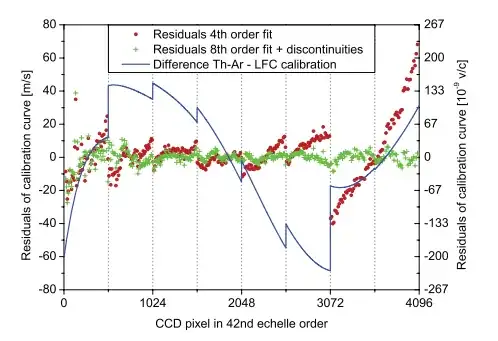The image below is a small region of a twilight flat field. A grid of darker pixels with 728x36 cell dimensions can be seen.
The camera used was the SBIG STL-6303 according to the FIT headers, which uses a Kodak KAF-6303E CCD according to the online data sheet.
The CCD dimensions, these cell dimensions, and all the binning options are all perfectly divisible, so I'm assuming this artifact is due to the structure of the CCD.
I plotted the mean pixel value of each row to make sure this wasn't an artifact from the image viewing software. The plot clearly shows a drop every 36 pixels.
So, I'm hoping for some confirmation: is this decreased sensitivity due to the structure of the CCD?
If so, what about the CCD structure actually causes this?

